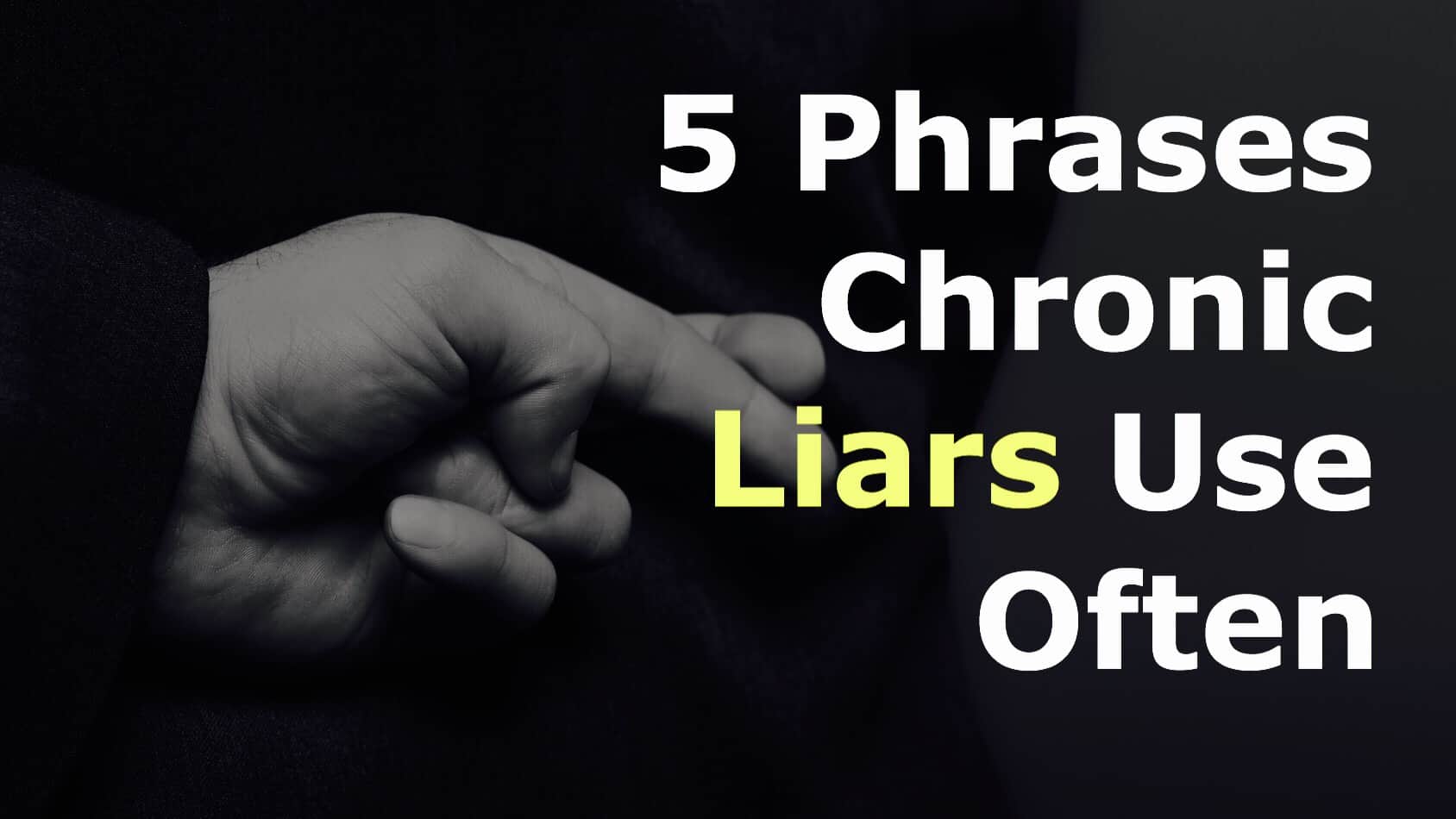When people think of dementia, they often think about Alzheimer’s disease, but that is only one of eight types of dementia. It’s an umbrella term for memory, language, and thinking loss that interferes with someone’s daily life. However, dementia means the brain isn’t functioning well, including many types.
Experts say some types of dementia are treatable or reversible, but others are permanent. Learning about the different types can help you identify conditions in your or your loved ones early on. With early detection, there is a better chance of slowing the brain’s decline, and it offers more time for making healthcare decisions.
Dementia is likely to worsen over time, no matter which type. However, learning about the different types can help slow the progress as you’ll know how to ease the symptoms.
Scientists Explain the Eight Different Types of Dementia
Don’t lose hope if you or a loved one is diagnosed with one of these types of dementia. There are treatment options available, making early detection essential. The treatment will depend on the type of dementia, so pay attention to the differences to get started.
1. Lewy Body Dementia
Lewy body dementia is a common type of dementia, affecting nearly 1.4 million Americans. It’s more common in people older than 50, but getting it at a younger age isn’t unheard of. With Lewy body dementia, proteins form clumps around the nerve cells responsible for memory, motor control, and thinking.
Some days will be better than others, and it might even seem like the person is back to normal. Then, there will be days when they are out of it, and it’s hard to see who they are.
Symptoms of Lewy Body Dementia
The symptoms of Lewy body dementia depend on where the clumps form first. The symptoms include:
- Visual hallucinations
- Delusions
- Acting out their dreams
- Impaired memory
- Inability to plan activities
- Difficulty making decisions
- Blanking out
- Unusual and unexplained sleepiness
- Unable to process information
- Inability to pay attention
- Lack of alertness
As the condition worsens, the patient might also suffer from the symptoms of Parkinson’s. These symptoms include the following indicators:
- Rigid muscles
- Tremors
- Difficulty walking
- Fluctuating moods and awareness
2. Creutzfeldt-Jakob Disease
This disease is rare, affecting around 350 Americans each year. While it doesn’t occur often, it is fast-moving and fatal. An infectious protein causes Creutzfeldt-Jakob disease in the brain, causing normal proteins to misfold into abnormal shapes.
The infectious protein can be inherited, but it can also come from eating the meat of an infected animal. Additionally, it can come from a medical procedure when an infected tissue gets implanted in the body.
Symptoms of Creutzfeldt-Jakob Disease
The symptoms of Creutzfeldt-Jakob Disease progress quickly, resulting in a rapid decline in the patient’s health. Watch for the following signs early on:
- Depression
- Mood swings
- Confusion
- Agitation
- Difficulties with memory
- Poor judgment
- Trouble walking
- Muscle twitches
- Involuntary movements
- Hallucinations
- Blindness
3. Alzheimer’s Disease (probably the best-known type of dementia)
This disease is the most common type of dementia, making up 60-80% of the cases. It occurs when plaques in the brain destroy brain cells and their connections.
The plaques can start developing many years before you experience any symptoms. Alzheimer’s symptoms typically begin when someone is in their 60s or 70s, but, in rare cases, it can happen sooner.
Symptoms of Alzheimer’s Disease
The symptoms typically progress steadily over several years. At first, it might seem like typical instances of a terrible memory, but you’ll notice a decline over time. The symptoms include:
- Forgetfulness
- Repeating things many times, sometimes in the same conversation
- Being unable to retain new information
- Confusion performing simple tasks
- Getting lost
- Memory loss
- Difficulty making plans
- Frequently losing things
- Mood swings and personality changes
As the disease progresses, the symptoms worsen. Then, you’ll want to watch for:
- Confusion about the time of day
- Difficulty following a conversation
- Forgetting the names of loved ones
- A decline in the ability to speak
- Issues with walking
- A struggle with eating without assistance
4. Huntington’s Disease
Huntington’s disease is an inherited brain disorder passed down through the Huntington gene. It is progressive and affects the part of the brain that affects movement, behavior, and mood. This disease affects nearly 40,000 Americans, and there is a 50-50 chance of passing it to the patient’s child.
Symptoms of Huntington’s Disease
The symptoms typically begin between thirty and fifty years old, but you might recognize them earlier or later. Symptoms vary based on the severity of the disease, but patients will likely experience them all at some point. The symptoms include:
- Difficulties planning and organizing
- Having a hard time remembering things
- Struggling to stay on task
- Being unable to hold a cup steady
- Involuntary movements
- Slurred speech
- Abnormal twisting of body parts, including the arm, knee, or foot
- Memory loss
- Lack of judgment

5. Wernicke-Korsakoff Syndrome
A thiamine deficiency causes this degenerative brain disease. Thiamine, also known as vitamin B1, can be lost due to long-term alcoholism. Severe weight loss or anorexia can also cause low levels of thiamine.
Symptoms of Wernicke-Korsakoff Syndrome
People with Wernicke-Korsakoff syndrome can do a good job holding a social conversation. Many people won’t even recognize that anything is wrong at first. However, when symptoms appear, they include:
- Memory loss
- Vision problems
- Lack of concentration
- Disorientation
- Ataxia
- The inability to coordinate voluntary movement
- Inability to retain information
- Making up portions of their memories that they can’t recall
6. Vascular Dementia
This type of dementia is the second most common type, accounting for about 15-20% of cases. It occurs when blood flow is blocked from part of the brain. The blockage deprives the neurons of oxygen and damages or kills the cells.
Vascular dementia often occurs after a significant stroke but can also happen after a series of small strokes or transient ischemic attacks. It can also come from a brain hemorrhage or narrowing blood vessels. People over 65 are most commonly affected by vascular dementia, and the risk increases with age.
Symptoms of Vascular Dementia
The symptoms vary depending on the severity of the situation. When a stroke has taken place, it depends on which part of the brain was affected. Additionally, when one symptom sets in, it’ll likely stabilize for a bit before worsening.
The symptoms include:
- Difficulties with language
- Inability to pay attention
- Inappropriate emotional outbursts
- Poor planning
- Judgment
- Memory loss
- Confusion or agitation
- Impaired motor skills
- Depression
- Loss of bladder control
- Hallucinations
- Trouble speaking
- Problems recognizing common sights and sounds
- Personality shifts
- Frequent falls
7. Frontotemporal Dementia
This type of dementia is less common as it affects only 60,000 Americans yearly. However, when people under 60 are diagnosed with dementia, frontotemporal dementia is the most common cause.
Frontotemporal dementia occurs when proteins attack the frontal and temporal lobes of the brain. These lobes are responsible for behavior, language, and motor function.
Symptoms of Frontotemporal Dementia
Frontotemporal Dementia starts in the frontal lobe, so it often affects mood and behavior first. Early on, it is often confused for a psychiatric disorder, but the symptoms escalate over time. Some of the symptoms include:
- Aggression
- Apathetic behavior
- A lack of empathy
- Unexplained personality and behavior changes
- Inappropriate language
- Acting out sexually
- Unusual cravings and eating habits
- Compulsions
- Problems with speaking
- Trouble writing
- Decrease in comprehension skills
- Muscle weakness and atrophy
8. Normal Pressure Hydrocephalus
Normal pressure hydrocephalus affects around 700,000 Americans, but only about twenty percent receive a correct diagnosis. It is a type of dementia that can be treated when caught early on, but it is often mistaken for other dementia types or normal aging.
Normal pressure hydrocephalus occurs when excess cerebrospinal fluid accumulates in the brain’s cavities. The fluid enlarges the cavities and interferes with brain tissue. It can happen when you hit your head on something or have some blood in your spinal fluid from infection or trauma.
These situations can prevent the area from draining well. In other instances, it might be that the patient is overproducing fluid but not draining it as quickly. This condition can be treated with a shunt, draining the fluid from your brain into the abdomen.
Symptoms of Normal Pressure Hydrocephalus
Normal Pressure Hydrocephalus is often diagnosed after a head injury, trauma, or infection. The cause is often unknown, but the symptoms tend to be the same despite what happened. The symptoms include:
- Urinary incontinence
- Difficulty with balance
- Trouble walking
- Cognitive problems
- Short-term memory loss
- Mood changes
- Difficulty making decisions
- Having a hard time performing tasks
Diagnosing The Different Types of Dementia
When a doctor diagnoses which type of dementia a patient has, they will collect information. The information will include the patient’s family health history, current symptoms, when the condition began, and the rate of progression.
Additionally, the patient might have blood tests, an MRI, a CT scan, or a spinal tap. Sometimes, the doctor will request a neuropsychological assessment assessing the patient’s ability to draw shapes and remember details. These tests will help narrow down which type of dementia a patient has.
Final Thoughts on Understanding the Eight Types of Dementia
Most people have heard of this brain disorder, but not many realize that there are eight types dementia. Once you know the different types of dementia, you have a better chance of recognizing it in you or your loved ones.
Watch for the symptoms and make a note to share with the doctor. A doctor can help slow the progress or start treatment when possibDon’ton’t waste time wondering if something is wrong when you can use this information to help you identify an issue.



















